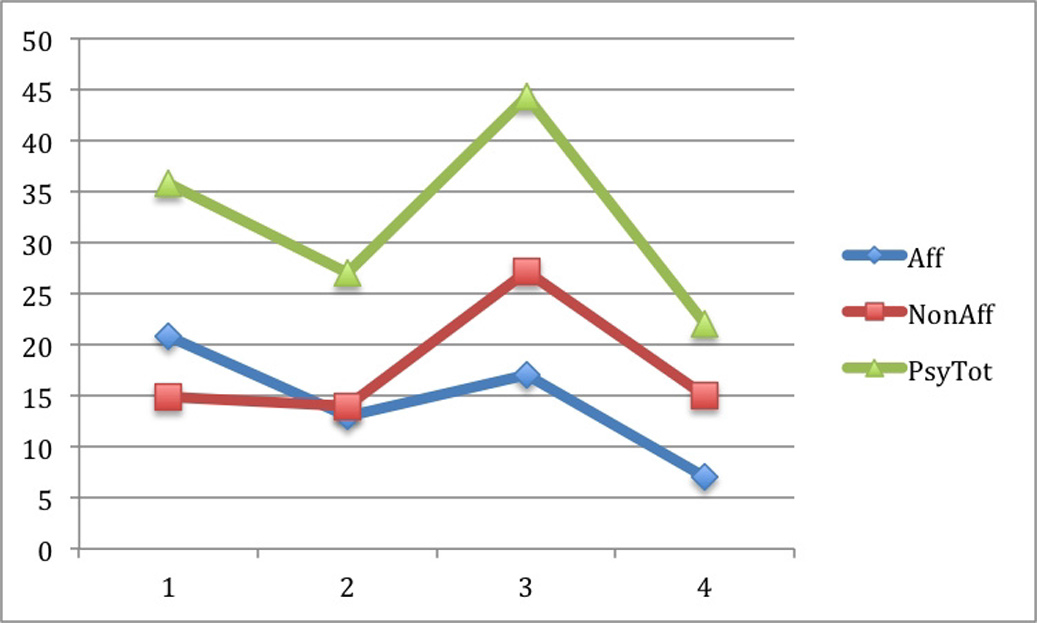No CrossRef data available.
Published online by Cambridge University Press: 15 April 2020
Previous studies suggested that migrants are at higher risk for psychosis [1] but that this risk is inversely correlated with the size of their ethnic group [2].
However, less is known about the influence of proportion of migrants in a population - a simple and readily available parameter - on the incidence of psychosis in the whole population - a measure of interest for mental health policies.
We prospectively collected data over 3 years in an urban area with a population of N=133000 at risk subjects. The area was divided in 80 geographical units classified in four categories (quartiles) according to the proportion of migrants in the latest census. For each of the geographic units we calculated the standardized incidence rates of affective, non-affective and total psychoses. We tested the hypothesis of unequal rates of psychosis according to migrants’ density quartiles using a Poisson model.
The proportion of migrants significantly influenced the incidence of total psychoses and affective psychoses. However, in this sample, an increase in migrant density was not linked to an increase in cases of psychosis over the entire spectrum of migrants’ density. A raise in the third quartile was followed by lower incidence rates in populations with the largest proportion of migrants (see figure)
More research is needed to confirm or contradict this result and test for different explanatory hypotheses.

Comments
No Comments have been published for this article.